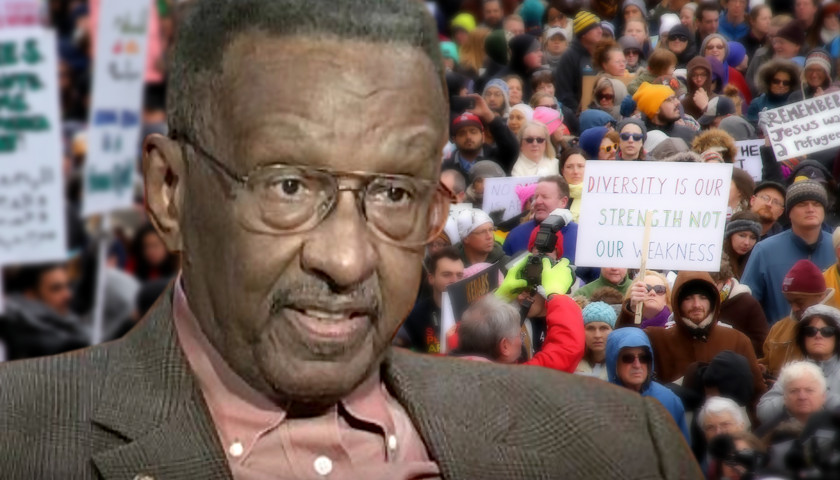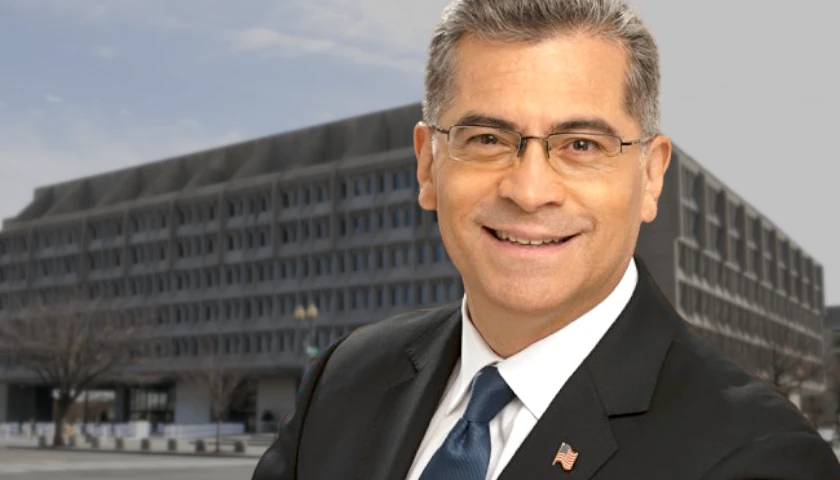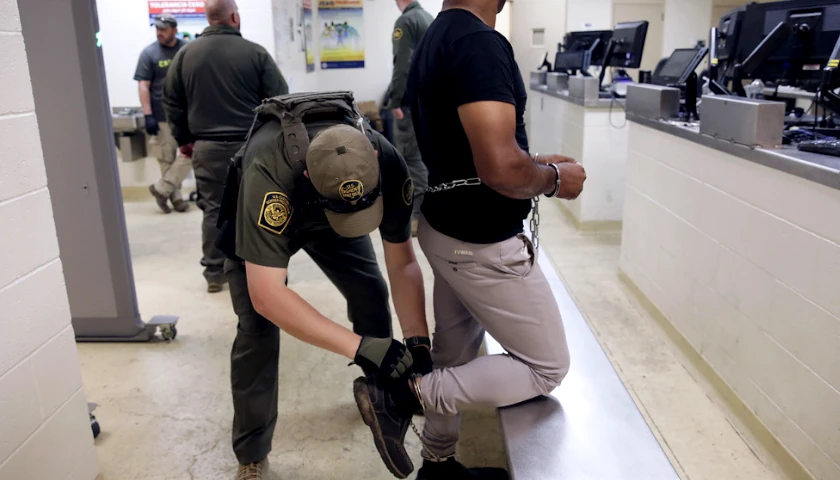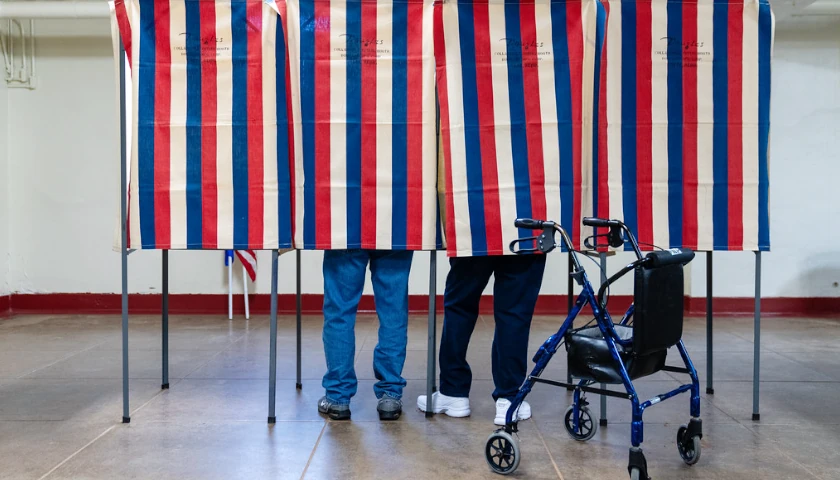by Katie Everett
An economics professor at George Mason University is speaking out about the “racket” that he says is college, and blaming it on the “diversity people” who he says have flooded the university system with unnecessary and perpetually increasing expenses tied to a seemingly endless need for more and more diversity initiatives and faculty.
In his op-ed for The National Interest, George Mason University professor Walter E. Williams explains that institutions of higher education have started budgeting for “diversity and equity personnel” to accommodate the modern-day college student. The idea, Williams says, is to protect “vulnerable” groups of students from “hate speech” and “microaggressions,” noting that they have even gone as far as creating speech codes and bias-response teams to investigate complaints.
But Williams also takes issue with the fact that it doesn’t stop there. As each of these programs is created, colleges and universities find a “need” for more programs and faculty and therefore more money to fund these initiatives.
Diversity programs and staff come at a high price. Williams cites a study by a group called “Minding the Campus,” which found that Penn State University’s Office of the Vice Provost for Educational Equity employs a total of 66 individual staff members. “The University of Michigan currently employs a diversity staff of 93 full-time diversity administrators, officers, directors, vice provosts, deans, consultants, specialists, investigators, managers, executive assistants, administrative assistants, analysts, and coordinators. Amherst College, with a student body of 1,800 students employs 19 diversity people,” writes Williams.
According to Williams, the salaries of the staff match the scale of these new programs, with top diversity staff earning six-figure salaries. This is especially true with schools like the University of Michigan where a quarter of their diversity officers make more than $100,000 annually.
Williams claims that “diversity people” have created an entire subsect of academia, having “developed their own professional organization, the National Association of Diversity Officers in Higher Education,” with annual conferences during which they develop “standards for professional practice and a political agenda. He also points to the fact that they have created their own academic journal, published by the American Psychological Association.
In the article, Pulliam describes “Diversity and inclusion” as “the latest obsession in higher education, and elite schools compete with one another to see who can field the largest and best-paid team of diversity bureaucrats (diversocrats).”
“It’s an article of faith that ‘diversity’ originally a euphemism for affirmative action, somehow enhances the educational environment, but data supporting the mismatch theory – which holds that affirmative action hurts minority students by placing them in academic programs for which they are unqualified – refute this claim,” writes Pulliam.
Williams sees this as a vicious cycle, saying “‘Diversity’ is the highest goal of students and professors who openly detest those with whom they disagree. These people support the very antithesis of higher education with their withering attacks on free speech.”
– – –
Katie Everett is a Texas Campus Correspondent for Campus Reform. Follow Katie on Twitter at @_EverettKatie.
Photo “Diversity Is Our Strength” by Paul Sableman CC2.0.




